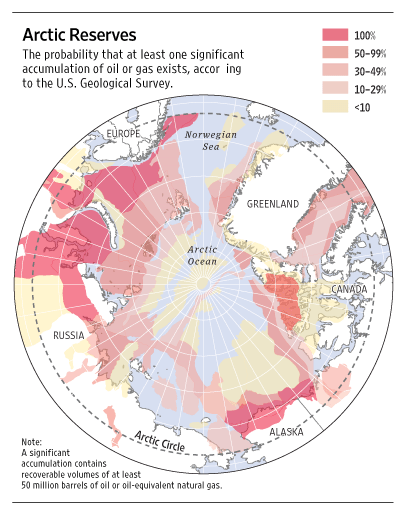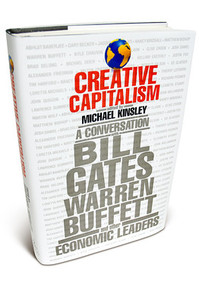(p. C32) The philosopher Francis Bacon, that great champion of the empirical method, died of his own philosophy: in an effort to observe the effects of refrigeration, on a freezing cold day he stuffed a chicken with snow and caught pneumonia.
As a philosopher dies, so he has lived and believed. And from the manner of his dying we can understand his thinking, or so the philosopher Simon Critchley seems to be saying in his cheekily titled “Book of Dead Philosophers.”
. . .
Mr. Critchley recounts that Voltaire, after decades of denouncing the Roman Catholic Church, announced on his deathbed that he wanted to die a Catholic. But the shocked parish priest kept asking him, “Do you believe in the divinity of Christ?” Voltaire begged, “In the name of God, Monsieur, don’t speak to me any more of that man and let me die in peace.”
Hegel, who, as much as any philosopher, Mr. Critchley says, saw philosophy as an abstraction, while he was dying of cholera, moaned, “Only one man ever understood me … and he didn’t understand me.”
For the full review, see:
DINITIA SMITH. “Books of The Times – Dying and Death: When You Sort It Out, What’s It All About, Diogenes?” The New York Times (Fri., January 30, 2009): C32.
(Note: ellipsis between paragraphs was added; ellipsis in Hegel quote was in original.)
The reference to Critchley’s book, is:
Critchley, Simon. The Book of Dead Philosophers. New York: Vintage Books, 2009.







